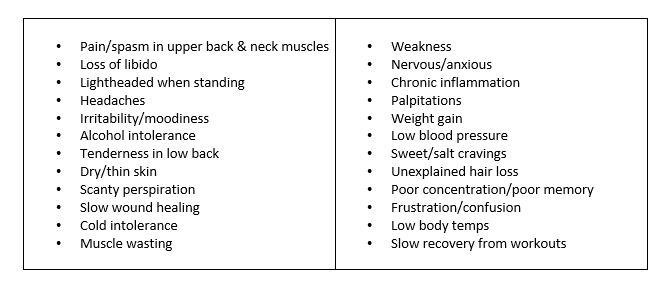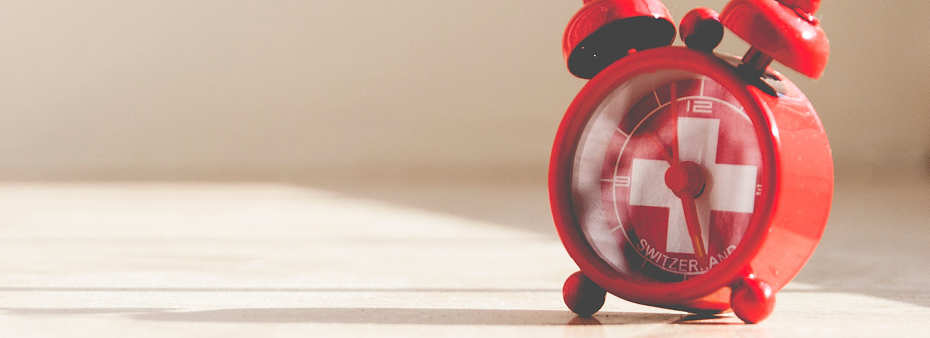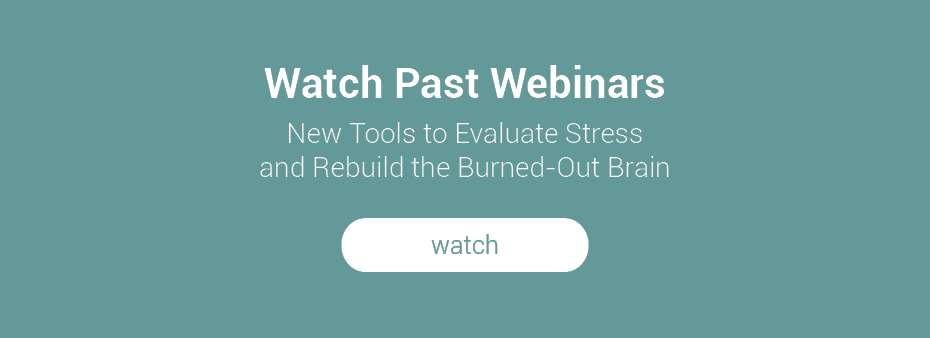If resilience is the body’s ability to return to homeostasis following a stress of our physiology, what does it look like when we lose resiliency?
Symptoms associated with chronic stress:
Health conditions strongly linked to chronic stress:
Based on our understanding of stress and the body’s mechanisms to manage it, I posit this hypothesis: If chronic stress is the cause for nearly all chronic illness and proper circadian rhythms provide resilience against chronic stress, then understanding and resetting the circadian rhythms is the first therapy to implement in the management of nearly all chronic illness. Think about your chronic stress patients—how can you help them achieve lasting recovery from chronic stress?
Here are some tips on resetting circadian rhythms and restoring resiliency to your patients suffering from the effects of chronic stress:
- Start eating at the same time each morning and stop eating two hours before bedtime. Starting at the same time will optimize acid and enzyme levels, digestion, absorption, motility and assimilation of nutrients. Fasting two hours before bed allows energy to move from digestion to tissue repair and supports more efficient sleep cycling.
- Adjust eating timeframes. Twelve hours is sufficient for most who enjoy their health and allows 12 hours for autophagy and repair. For those with poor health, a 10-hour eating timeframe allows more control of inflammation, detoxification, BDNF and glial activation for cellular cleanup of the highly metabolic brain cells. Eight-hour eating windows, while unsustainable for most, are excellent for more rapid weight loss.
- Avoid caffeine before eating times and after 12 p.m. Despite numerous opinions on this subject, we have not seen good results from time-restricted eating when caffeine (even black coffee) is taken outside the eating window. Any caffeine after noon is unlikely to be sufficiently metabolized and eliminated by 10 p.m., thus impacting sleep and repair.
- Get 30 to 60 minutes of outdoor light each day (no sunglasses for this time). It takes light of 10,000 lux intensity or greater to fully activate the melanopsin proteins in the retina and give full function to our brains. Anything less will leave our brain in a foggy state. A sunny day may be 20,000 lux to 80,000 lux, but if sunglasses are worn, then 80% or more of intensity can be lost. Shade and even cloudy days are often 12,000 to 18,000 lux, so just being outside without sunglasses for even 30 minutes a day can be helpful for mood and energy.
- Block blue light with filters or glasses two hours before bedtime. Even dim light with blue spectrum unblocked will trick the brain into thinking it’s daytime and delay the onset of sleep cycles by as much as two hours after closing the eyes.
- Be in bed for eight hours starting at around 10 p.m. in a cool, dark room. We all need at least seven hours of sleep for proper function, and cooler temperatures support more restful sleep.
These may seem like rather simple lifestyle changes, but in fact, they are powerful tools to retrain circadian rhythms, restore key functions of the body and ultimately restore resiliency for your patients.

Christopher Mote, DO, DC, IFMCP
Christopher Mote, DO, DC, IFMCP earned his doctorate in osteopathy from the Chicago College of Osteopathic Medicine at Midwestern University. He earned his doctorate in chiropractic and Bachelor of Science in human biology from the National University of Health Sciences (NUHS) in Lombard, Illinois, and is certified in Functional Diagnostic Medicine.
Dr. Mote also serves as the ARK Stress Recovery Program Clinical Expert at the Lifestyle Matrix Resource Center. With a focus on addressing the root cause of health concerns, Dr. Mote specializes in the diagnosis and treatment of chronic health disorders.




